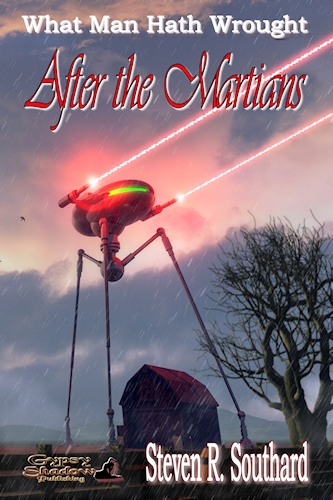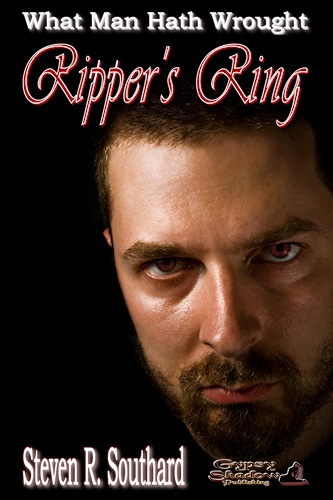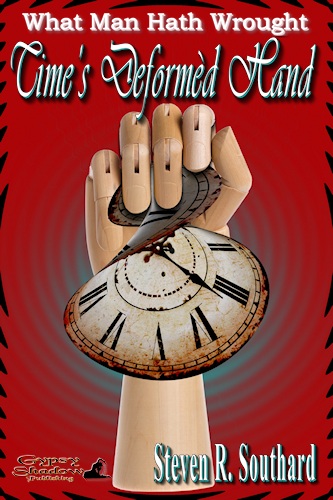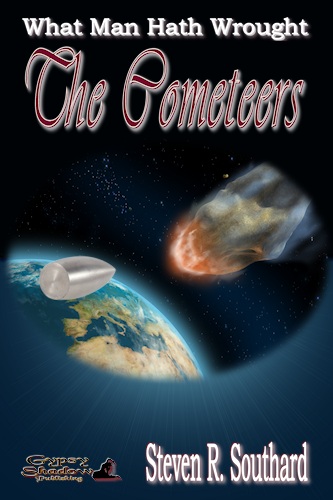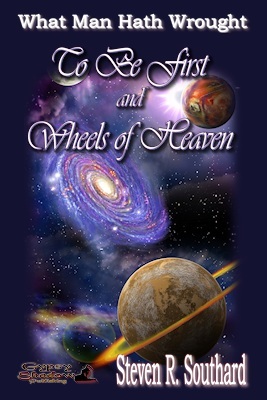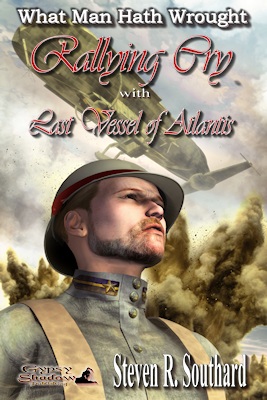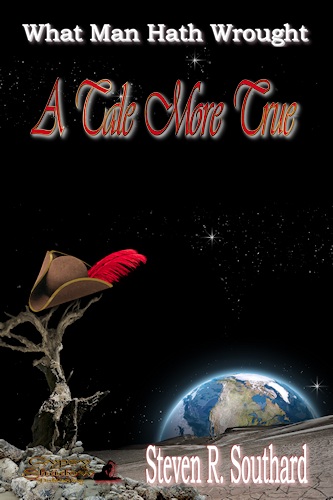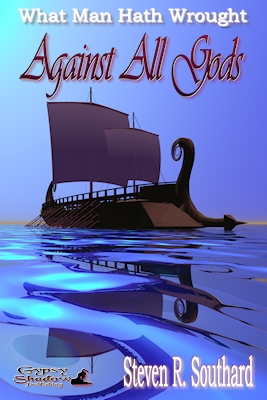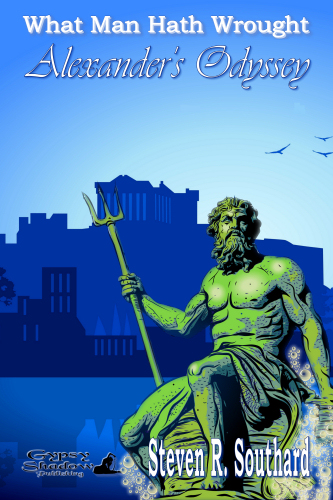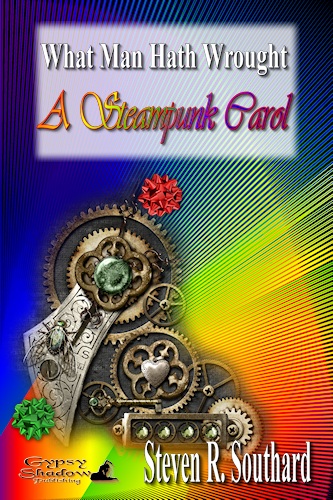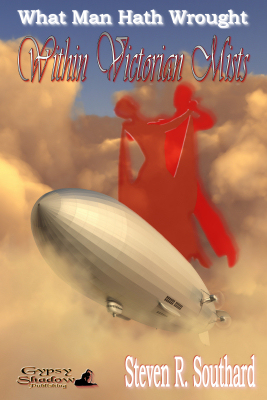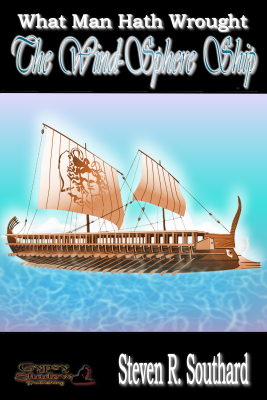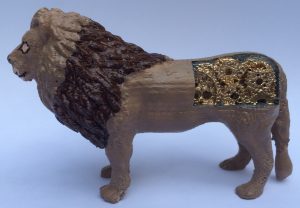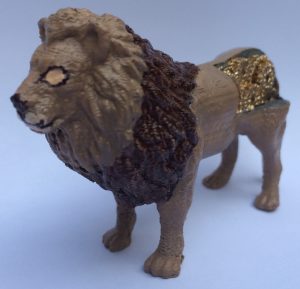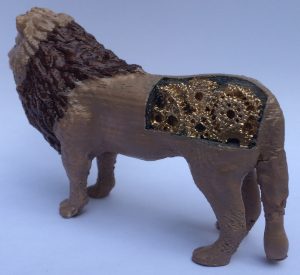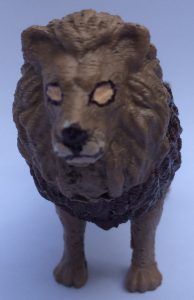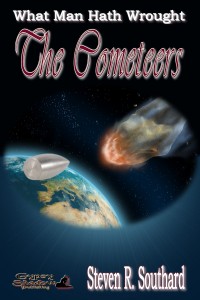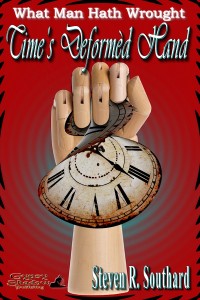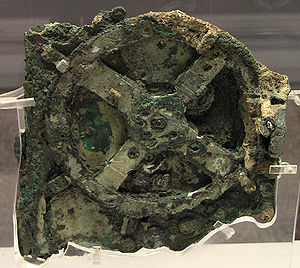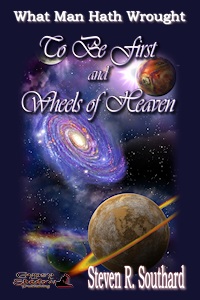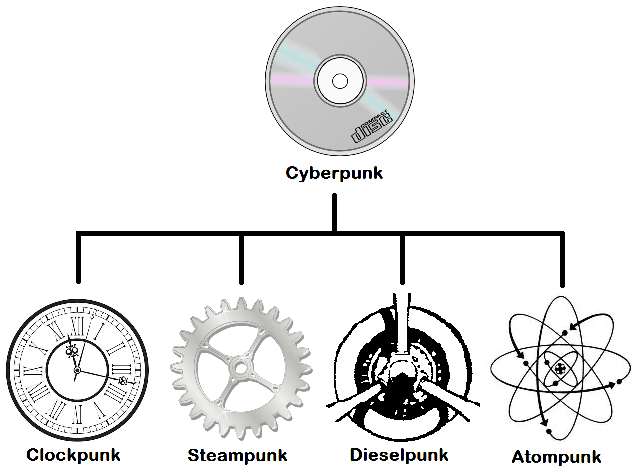The folks at Smashwords are nice, but they’ve gone too far now. They’ve priced my entire What Man Hath Wrought series at half price for the entire month of July.
 I’ve checked, and it’s true. You can get After the Martians, Ripper’s Ring, Time’s Deformèd Hand, The Cometeers, To Be First and Wheels of Heaven, Rallying Cry and Last Vessel of Atlantis, A Tale More True, Against All Gods, Leonardo’s Lion, and Alexander’s Odyssey for a measly $2 each.
I’ve checked, and it’s true. You can get After the Martians, Ripper’s Ring, Time’s Deformèd Hand, The Cometeers, To Be First and Wheels of Heaven, Rallying Cry and Last Vessel of Atlantis, A Tale More True, Against All Gods, Leonardo’s Lion, and Alexander’s Odyssey for a measly $2 each.
Oh, there’s more. You can grab The Six Hundred Dollar Man, A Steampunk Carol, Within Victorian Mists, and The Wind-Sphere Ship for just $1.50 each.
Wait a minute [grabs calculator], that means you can get the entire collection (all 14 books—that’s 16 stories) for $26. I guess my financial misfortune is your summer reading opportunity.
This time, there’s no need for coupon numbers or passwords or promo codes. None of that. Just go to Smashwords and you’ll see the slashed-in-half prices are already marked. Simply click on my books and load ‘em in your shopping cart.
The What Man Hath Wrought series features relatable characters grappling with new technology in a historical setting. These alternate history stories explore what might have been. They’ll make you think about how you struggle with new gadgets today.
The Smashwords ½-price sale runs through July 31, but you know what a procrastinator you are. You’d better buy the books now before you’re caught up in summer’s many distractions.
What an inexpensive way to immerse yourself in the remarkable and adventurous world of—
Poseidon’s Scribe

